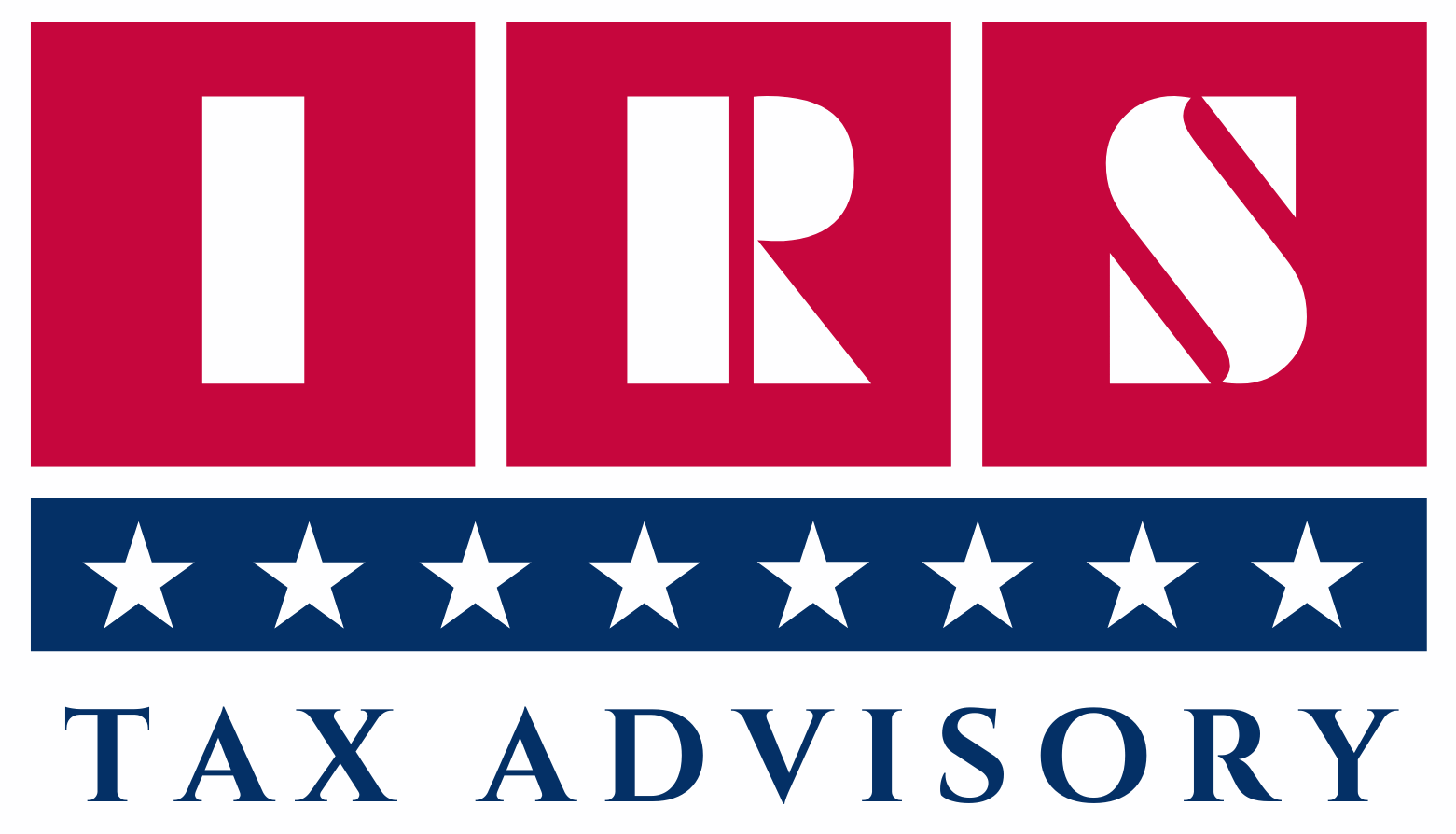Disregarded Entity- An Absolute Guide 2025
Table of Contents
What Is a Disregarded Entity?

A disregarded entity is a business entity that is separate from its owner for legal purposes, but not separate for federal income tax purposes.
This means the IRS “disregards” the entity when it comes to income tax filings.
In simple terms, the business does not file its own income tax return.
Instead, the income, deductions, and credits pass directly to the owner’s personal tax return.
Common Examples of Disregarded Entities
- Single-Member LLCs (SMLLCs) – The most common type of disregarded entity.
- Qualified Subchapter S Subsidiaries (QSub)
- Grantor Trusts – In some cases for tax purposes.
Among these, the Single-Member LLC is the most widely used structure classified as a disregarded entity by default.
Legal vs. Tax Treatment
A disregarded entity is a business structure that is legally separate from its owner, such as a single-member LLC, but is ignored for federal tax purposes. Legally, it offers limited liability protection, shielding the owner’s personal assets from business debts and lawsuits. However, for tax purposes, the IRS treats it as a sole proprietorship, meaning the business’s income, expenses, and losses are reported directly on the owner’s personal tax return (Form 1040, Schedule C). This dual treatment allows for legal protection with simplified tax filing, though some states may still impose separate tax or filing requirements.
Disregarded entities create a unique distinction between legal identity and tax identity.
- Legally: The entity is separate from its owner (in most states).
- For Taxes: It is treated as the same as its owner.
This separation provides legal liability protection while maintaining tax simplicity.
Who Can Be a Disregarded Entity?
A disregarded entity is typically a single-owner business that is not recognized as separate from its owner for federal tax purposes. The most common example is a single-member LLC (SMLLC), which can be owned by an individual, corporation, or another LLC. Sole proprietorships (without LLC status) are automatically disregarded for tax purposes. Certain qualified entities, like grantor trusts and qualified real estate investment entities, may also be treated as disregarded. To qualify, the entity must have only one owner and not elect corporate tax treatment. Foreign businesses can also be treated as disregarded entities if they meet IRS requirements under check-the-box regulations.
To qualify as a disregarded entity, the business must:
- Have only one owner.
- Be formed as a separate legal entity (e.g., LLC).
- Not elect to be treated as a corporation.
If a single-member LLC elects to be taxed as an S-corp or C-corp, it is no longer disregarded.
Default IRS Classification
The IRS automatically treats these entities as disregarded unless a different election is made:
| Entity Type | Default Tax Treatment |
| Single-Member LLC | Disregarded Entity (1040) |
| Multi-Member LLC | Partnership (1065) |
| Corporation | Separate Entity (1120/1120S) |
How a Disregarded Entity Is Taxed?
A disregarded entity does not file its own income tax return.
Instead, its income is reported by the owner using the following forms:
For Individual Owners:
- Form 1040
- Schedule C – Business income or loss
- Schedule E – Rental real estate
- Schedule F – Farming income
For Entity Owners:
- If owned by a corporation or partnership, the income is reported on the owner’s business return (Form 1120 or 1065).
EIN Requirement
A disregarded entity, such as a single-member LLC, may or may not be required to obtain an Employer Identification Number (EIN) depending on its activities. If the disregarded entity has employees, operates as a trust or estate, or is required to file certain excise or pension tax returns, an EIN is mandatory. However, if it has no employees and is owned by an individual, the owner’s Social Security Number (SSN) can often be used for tax reporting. Obtaining an EIN is recommended for separating personal and business finances, opening business bank accounts, and enhancing privacy. Many banks and vendors require an EIN regardless of IRS filing requirements.
A disregarded entity can use the owner’s Social Security Number (SSN) for tax purposes, but may still need an EIN (Employer Identification Number) if:
- It has employees
- It pays excise taxes
- It files certain tax forms (e.g., 1099s)
Even though it is disregarded for income tax, the entity may be treated separately for employment and excise tax purposes.
Disregarded Entity Tax Filing Example
Let’s say John owns a single-member LLC providing digital marketing services.
- Revenue: $100,000
- Expenses: $30,000
- Net Income: $70,000
The LLC is disregarded, so John reports the $70,000 on Schedule C of his Form 1040.
He also pays self-employment tax using Schedule SE.
Can a Disregarded Entity Change Its Classification?
A disregarded entity can change its tax classification by filing an Entity Classification Election (Form 8832) with the IRS. For example, a single-member LLC—typically taxed as a sole proprietorship—can elect to be taxed as a corporation (C-Corp or S-Corp) for potential tax benefits. The decision to change classification depends on factors like income level, growth plans, or tax strategy. Once changed, the new classification affects how the entity reports income, pays taxes, and handles compliance. It’s important to note that restrictions and timelines apply, and the IRS may limit how often the classification can be changed.
A disregarded entity can elect to be treated as a corporation by filing:
- Form 8832 – Entity Classification Election
- Or Form 2553 – To elect S Corporation status
Once this election is made, the entity is no longer disregarded for tax purposes.
Advantages of Being a Disregarded Entity
Being a disregarded entity offers several advantages for small business owners and single-member LLCs. The primary benefit is simplified tax reporting, as the business’s income, deductions, and losses are reported directly on the owner’s personal tax return (Form 1040, Schedule C)—eliminating the need for a separate business return. This structure also allows for pass-through taxation, avoiding double taxation on profits. Despite being disregarded for tax purposes, the entity still provides legal liability protection when formed as an LLC. Other benefits include lower administrative costs, flexible management, and ease of formation, making it ideal for solo entrepreneurs seeking both simplicity and protection.
- Simplified tax filing (no separate business return)
- Pass-through taxation (no double taxation)
- Legal protection (via LLC structure)
- Flexibility to convert to corporation later
- Low administrative burden
Disadvantages of a Disregarded Entity
While a disregarded entity offers simplicity, it also comes with notable disadvantages. The owner is typically subject to self-employment taxes on all business profits, which can be costly as income grows. Unlike corporations, disregarded entities cannot split income into salary and dividends, limiting tax planning strategies. Additionally, the entity may face limited access to investors or funding, since it lacks a formal corporate structure. For legal and tax purposes, all business income is tied to the owner, potentially increasing audit risk. Some states also treat disregarded entities differently, requiring separate filings or imposing entity-level taxes, which can add complexity.
- No separation for tax liabilities
- Cannot share ownership (only one member)
- Owner pays self-employment tax
- Less formal structure may be viewed as less credible by investors
Disregarded Entity vs. Other Structures
A disregarded entity, such as a single-member LLC, differs from other business structures like partnerships, corporations, and multi-member LLCs in both tax and legal treatment. Unlike corporations, disregarded entities enjoy pass-through taxation, avoiding double taxation on profits. Compared to partnerships and multi-member LLCs, disregarded entities have simpler tax filing requirements, reporting income directly on the owner’s personal tax return. However, they offer limited flexibility in ownership and profit distribution. While corporations provide more options for raising capital and tax planning, disregarded entities prioritize ease of management and lower administrative costs, making them ideal for solo entrepreneurs and small businesses.
| Feature | Disregarded Entity | Partnership | Corporation |
| # of Owners | 1 | 2 or more | 1 or more |
| Legal Entity | Yes (LLC) | Yes (LLC or LLP) | Yes |
| Separate Tax Filing | No | Yes (Form 1065) | Yes (Form 1120 or 1120S) |
| Pass-Through Taxation | Yes | Yes | Only for S-Corps |
| Tax Simplicity | Highest | Moderate | Lowest |
Is a Disregarded Entity Right for You?
A disregarded entity is ideal if:
- You’re a freelancer, consultant, or solo entrepreneur
- You want limited liability without tax complexity
- You don’t need outside investors or shared ownership
It’s a great way to enjoy legal protection while keeping your taxes simple and costs low.
State-Level Treatment of Disregarded Entities
State-level treatment of disregarded entities can vary significantly across the U.S., creating additional compliance responsibilities for business owners. While the IRS treats disregarded entities like single-member LLCs as pass-throughs for federal tax purposes, many states require separate filings, such as annual reports or franchise taxes. For example, California charges an $800 minimum annual tax, even for disregarded entities. States like New York and Texas may impose entity-level taxes or fees despite the federal classification. Additionally, some states do not recognize federal disregard status and may still require the LLC to file a separate state tax return. Business owners must consult their state’s tax authority to ensure proper compliance.
Most states follow the federal classification, but some require separate state-level tax registration or annual reporting.
Check with your state’s Secretary of State or Department of Revenue for:
- Franchise tax obligations
- Gross receipts taxes
- State EIN requirements
Key Takeaways
- A disregarded entity is ignored for federal income tax purposes but remains a separate legal entity.
- The most common example is a single-member LLC.
- Income flows through to the owner’s personal tax return.
- The owner pays income tax and self-employment tax on profits.
- The entity can elect corporate taxation if needed.
Conclusion
A disregarded entity offers the best of both worlds: legal protection through an LLC and simple tax reporting via your personal return.
Whether you’re launching a solo consulting firm or an e-commerce business, a disregarded entity is a flexible, low-cost option to get started. For long-term growth or tax savings, you can always transition to an S-Corporation or multi-member LLC.






